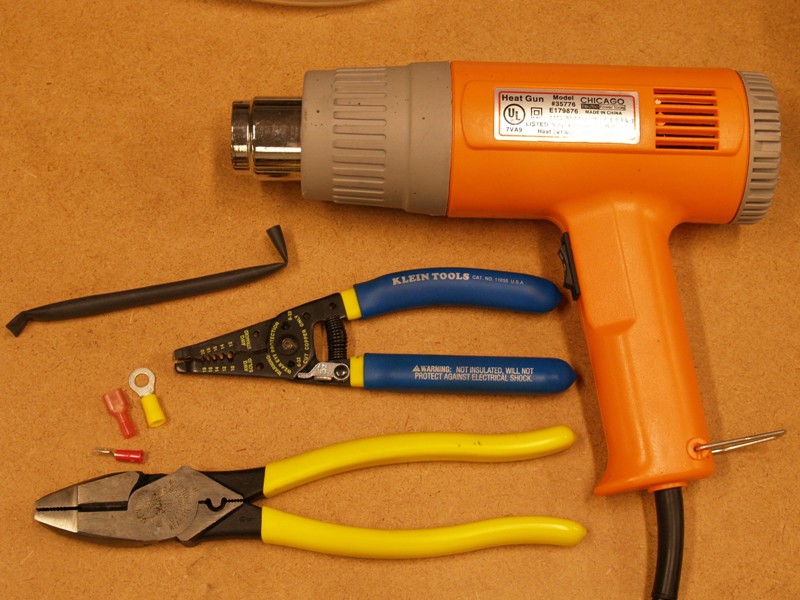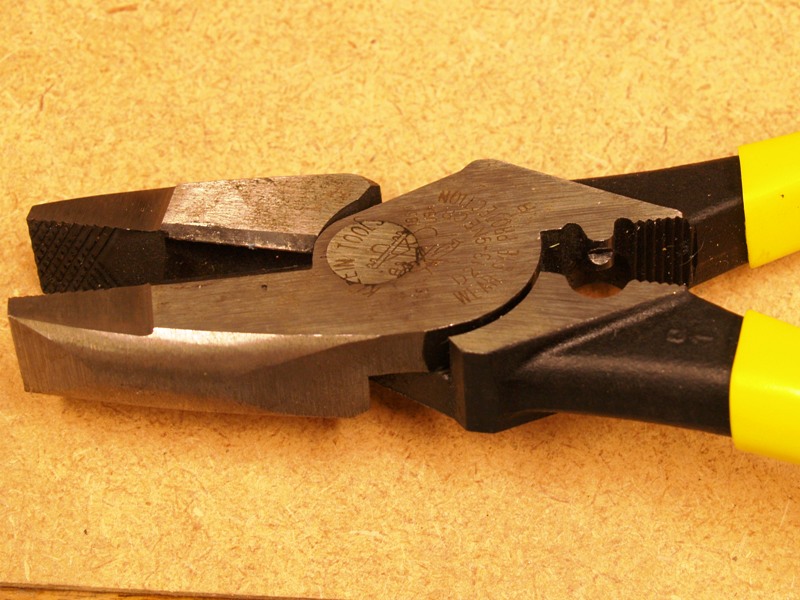skyway
Well-known member
I'm trying to compile a list of wire sizes and fuse sizes, relays etc required for my various farkles? If you guys don't mind helping me out here, I'll list what I have and will update the top of the thread with the relevant info. If there are any other farkles that you would like to see info on, I'll add them to the top of the thread as well.
Electrical, huh? :blink:
Magnum Blaster Horns - 12-gauge wire - 10 amp fuse - 25amp 12v DC relay,
Aux. HID Lights - - 20 amp single fuse inline for both lights, 10 or 15amp fuse per light, (optional) Heavy Duty SPDT switch
Aux. 50 watt each halogen Aux. lights -
15 amp fuse Aux. Power outlet -
Radar Detector -
Datel Volt meter - 14gauge
Heated Clothing -
Audiovox CC -
Autocom (Intercom) -
GPS - 20 gauge
Littlite -
Battery Tender -
12v charger for cell phone etc -
Mix-it -
Tankbag - 14 gauge
+/- wires to battery for Blue Sea, Centech, barrier strip etc -
Recommended size relay for switched power - 30 amp 12vdc relay with ? size fuse
Recommended types of wire for various applications - Shielded, Hi-temp, Etc
Methods for labeling wire -
Recommended connectors - I'm going with the Posi-lock type throughout
Types of wire protection - heat shrink tubing, helical bundle wrap,
Electrical, huh? :blink:
Magnum Blaster Horns - 12-gauge wire - 10 amp fuse - 25amp 12v DC relay,
Aux. HID Lights - - 20 amp single fuse inline for both lights, 10 or 15amp fuse per light, (optional) Heavy Duty SPDT switch
Aux. 50 watt each halogen Aux. lights -
15 amp fuse Aux. Power outlet -
Radar Detector -
Datel Volt meter - 14gauge
Heated Clothing -
Audiovox CC -
Autocom (Intercom) -
GPS - 20 gauge
Littlite -
Battery Tender -
12v charger for cell phone etc -
Mix-it -
Tankbag - 14 gauge
+/- wires to battery for Blue Sea, Centech, barrier strip etc -
Recommended size relay for switched power - 30 amp 12vdc relay with ? size fuse
Recommended types of wire for various applications - Shielded, Hi-temp, Etc
Methods for labeling wire -
Recommended connectors - I'm going with the Posi-lock type throughout
Types of wire protection - heat shrink tubing, helical bundle wrap,
Last edited by a moderator:

































































